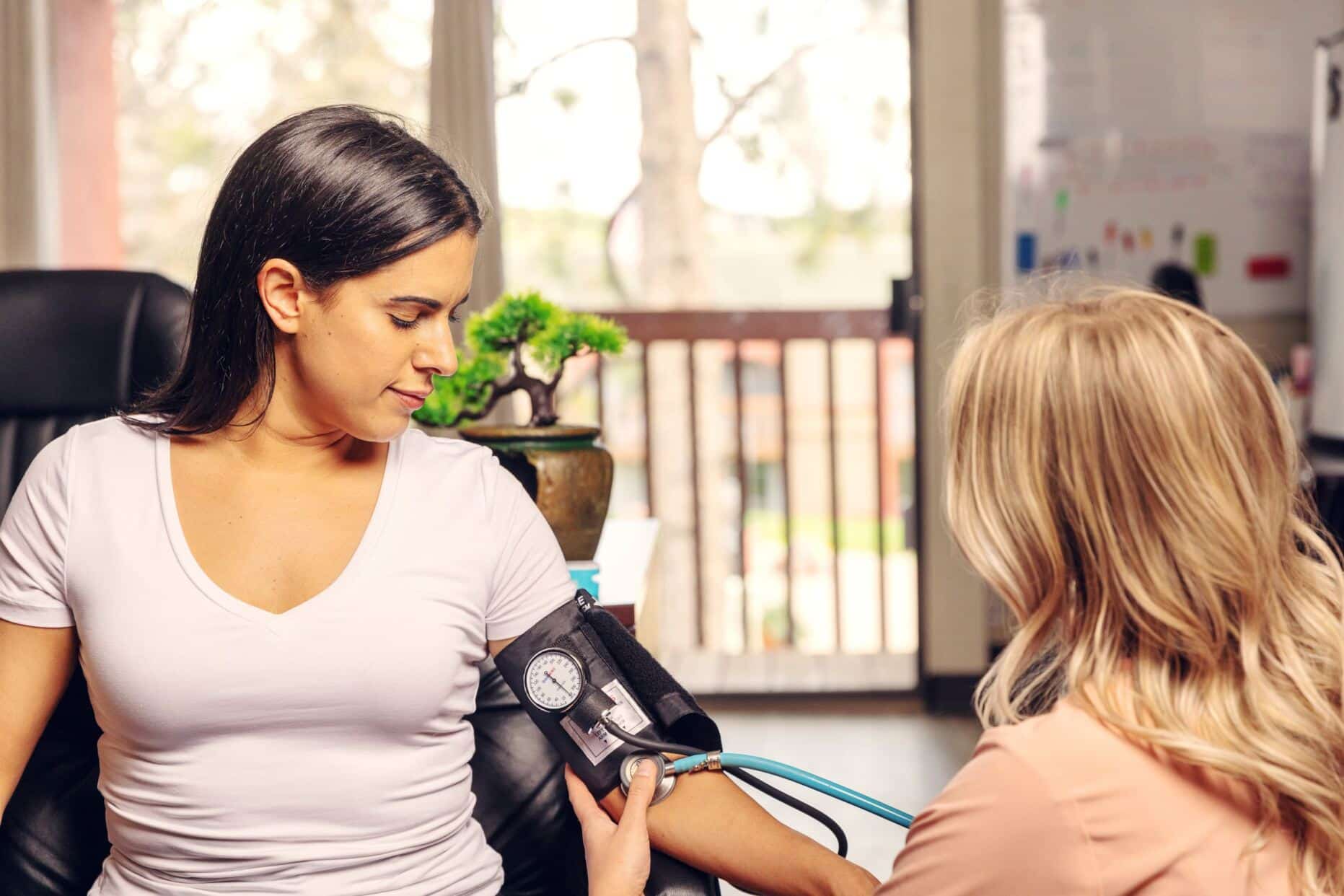Opiates are derived from the opium poppy plant and include prescription drugs such as codeine, tramadol, and Dilaudid. They are very effective for pain relief. Some people also use them for recreational purposes to get a high feeling. However, prolonged use of opiates can lead to dependence. It is a common problem in the US, with approximately 2.1 million people are struggling with opiate abuse. People suffering from opiate dependence have to keep using it to avoid becoming sick from numerous withdrawal symptoms. When they stop using the drugs, they will experience opiate withdrawal side effects as the body tries to adapt to not having the drug in the system, some of which, can be brutal.
Opiate withdrawal symptoms
Opiate withdrawal symptoms can range from mild to severe. The more extensive the addiction is, the more intense the symptoms are. However, factors such as the user’s health, mental disorders, family history of drug dependence, and how the opiates were administered also influence the withdrawal symptoms a person experiences. How long do opiate withdrawal symptoms last? Users typically experience withdrawal symptoms within 24 hours after stopping opiate dosage. Some symptoms may include muscle spasms, anxiety, runny nose, abdominal cramps, and fluctuating blood pressure among others.
Opiate withdrawal has four stages. The opiate withdrawal stages include;
- Anticipatory stage
- Early acute stage
- Fully developed, acute stage
- Post-acute withdrawal syndrome (PAWS) stage.
The first stage can start within 3 hours of the last dose. Besides fear and anxiety, the patient may also experience cravings for the opiate. The early acute stage follows within 8 hours. Restlessness and anxiety set in and the person may experience stomach aches, sweating, nausea, and vomiting. The cravings will still persist. The withdrawal symptoms will peak between 1 to 3 days (fully developed acute stage). Muscle spasms, tremors, insomnia, diarrhea, and increased blood pressure will set in as the cravings become the strongest.
It is common for many people in recovery to experience, PAWS (Post-Acute Withdrawal Syndrome), which can last up to 24 months. During this time the patient may still experience mood swings, poor concentration, and irritability, even though the acute withdrawal symptoms are no longer present.
The process of withdrawing from opiates is not only distressing to the patient but can also be dangerous. It is not surprising to hear of an opiate withdrawal death. It is important to have a supervising doctor to monitor the patient’s body temperature, blood pressure, respiration, and heart rate.
Opiate withdrawal guidelines
During opiate detox, doctors will often give prescription medications to the patients to help deal with issues such as opiate cravings. The dosage is usually tapered down until the patient recovers from acute withdrawal symptoms. Some common medications include clonidine, methadone, and buprenorphine. How long does opiate withdrawal last? Opiate detox timeline under medical supervision and care is generally between five to seven days.
Further treatment at an inpatient rehab facility after the completion of a medical opiate detox may be necessary. Treatments such as cognitive-behavioral therapy can help the patient to deal with the underlying issues that cause the addiction.
References
- medlineplus.gov – Opiate and opioid withdrawal
- archives.drugabuse.gov – America’s Addiction to Opioids: Heroin and Prescription Drug Abuse
- cdc.gov – Deaths and Severe Adverse Events Associated with Anesthesia-Assisted Rapid Opioid Detoxification
- ncbi.nlm.nih.gov – Pharmacologic treatments for opioid dependence
- mayoclinic.org – Tapering off opioids: When and how
- ncbi.nlm.nih.gov – Clinical Guidelines for Withdrawal Management and Treatment of Drug Dependence in Closed Settings.
Medical disclaimer:
Sunshine Behavioral Health strives to help people who are facing substance abuse, addiction, mental health disorders, or a combination of these conditions. It does this by providing compassionate care and evidence-based content that addresses health, treatment, and recovery.
Licensed medical professionals review material we publish on our site. The material is not a substitute for qualified medical diagnoses, treatment, or advice. It should not be used to replace the suggestions of your personal physician or other health care professionals.






